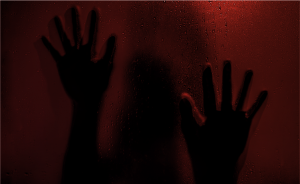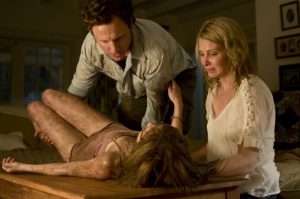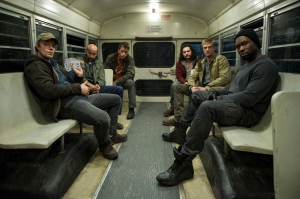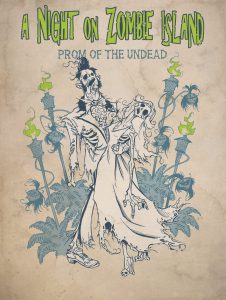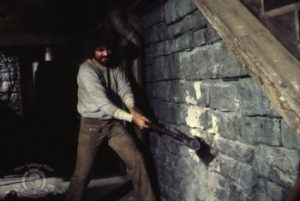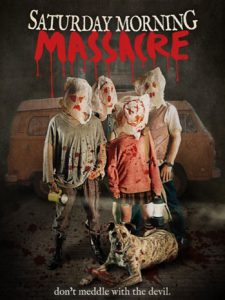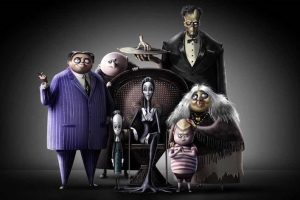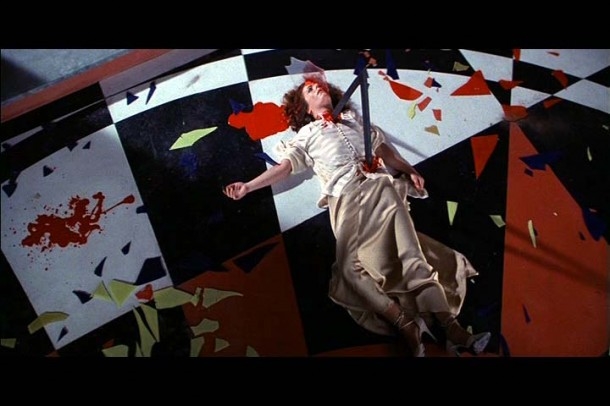
The Art-Horror Film: Genius or Pretentious?
Under penalty of potential ostracism, I’m about to confess something no horror fan should ever utter (or type). I don’t really enjoy Dario Argento’s films. Ditto Mario Bava. I’m not big into Stanley Kubrick or Val Lewton either. From the 1930s surreal vampire flick, Vampyr, to the wannabe giallo potboiler, Don’t Look Now, these so-called arthouse or art-horror films are just not my gore-laden cup of tea.
Blasphemy, right? Some of you have already stopped reading and are scrolling to the comments to chastise me for being a fool who doesn’t “get” horror.

However, fan anger notwithstanding, I don’t just dismiss these films outright. I’ve tried to enjoy them. I’ve agonized over them even. I put my interdisciplinary grad school training to work and analyze them. Philosophically, globally, sociologically, I endeavor to understand how these films fit into an individual director’s vision as well as how these cinematic icons exemplify the time period in which they were produced. I’ve done everything I can, but I simply can’t claim that I’m an aficionado of, say, Suspiria, Black Sunday, The Shining, or Cat People. I want to join the ranks of those who adore these movies. But I can’t.
Now these films are visually stunning to be sure. And as a freelance photographer and sometimes costume designer, I appreciate the value of celluloid aesthetics. Creatively, cinematography and production design are vital for a film to succeed. Perhaps I should watch these films and enjoy them for their pure artistry. But first and foremost, I’m a writer, which means beautiful images are not adequate compensation for the logical shortcomings or lethargic pacing of a story. Overall, I’m a patient viewer, willing to allow a tale to unfold at whatever tempo it desires, provided that everything fits into some form of internal logic. But when you can literally skip ten to twenty minutes of a film and not miss anything plot-wise, there’s a good chance the director has traded tautness for self-aggrandizing.

To make matters more bizarre, arthouse horror tends to eschew the usual evil boyfriend or escaped lunatic trope and opts for an inexplicable killer instead. The live-in servant in a household of priests. A deranged Italian dwarf in a red slicker. The pagan bed-ridden old lady. A tentacle monster that assumes your face. The bereaved hermit mother who lives in a decrepit European mansion more possessed than anything in Amityville.* And while you don’t see it coming, which can be quite a win in a horror film, you’re not all that impressed when the killer is revealed either. Art-horror demands we enjoy the ride but not necessarily the common sense of the finale. And while this is a complete distillation of the overall themes of these films, it remains an accurate description nonetheless.
Maybe you like to call these films “challenging”. I declare them “cultural spinach”: those works of art we deem as good for us even if we don’t enjoy consuming them. But here’s something it took me all of my college years to appreciate: there’s no badge of honor for people who “get” certain movies. Just because you like an artsy horror film does not render you a better (or worse) fan than those who’d rather watch Friday the 13th Part VIII. For example, I hate torture porn, really deep down despise it. But Hollywood has long declared horror its bastard genre, so there’s little value in fostering in-fighting within our ranks. Thus, unless someone watching Saw is eager to become a real-life Jigsaw, I consider all horror fans to be in the trenches with me, defending a body of films that plenty of “well-meaning” people wouldn’t mind seeing burned (horror corrupts young people’s minds, you know).

Which leads me to another somewhat contradictory admission about art-horror: I hold these films in high esteem. I think they’re brilliant. On my frequent road trips during which I contemplate the trajectory of humanity (now who’s pretentious?), I’ve actually mused that if some Fahrenheit 451 world for horror existed and there was only one copy left of The Shining or Suspiria, I’d risk my life to save it, even though I can’t say that I like either movie. So I suppose this begs the question: do we need to enjoy horror at all? Or maybe more philosophically, should we? These are tales of people being butchered to bits. What does it say about us genre fans who adore gore? At the end of the day, it doesn’t matter, provided that we have these films in perpetuity for audiences to disembowel—symbolically, of course.
Thus, I suppose there’s some art-horror hope left for me after all. Perhaps one day I will become an Argento or Bava or Lewton convert. I’ve certainly not given up on them yet. Quite the contrary. Opera, Blood and Black Lace, and I Walked with a Zombie are all waiting in my film queue right now. And if I uncover an arthouse horror film I like, I’m fine with amending my opinion. In fact, I hope to.
*For those of you who are curious—and don’t mind spoilers—these are the baffling killers in Alice, Sweet, Alice; Don’t Look Now; Suspiria; Possession; and Kill, Baby, Kill.



